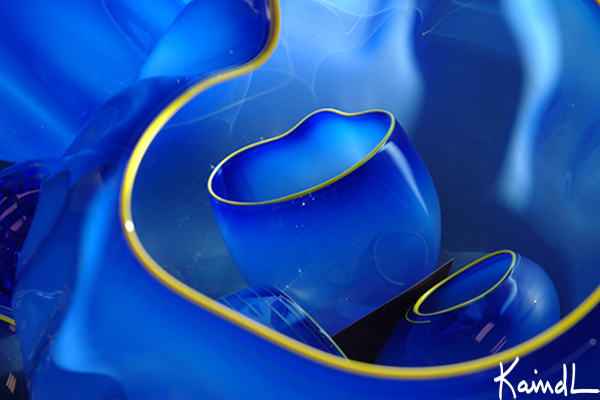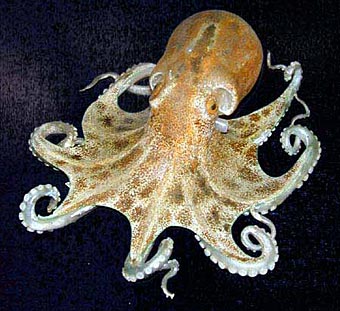Artisan glass refers to handblown or individually created glass items, as opposed to items such as standardized glass windows and other mass-produced products. Until a few hundred years ago, this description fit virtually all glass products.

Common glass contains about 70% amorphous silicon dioxide, the same chemical composition as quartz and sand. Commercial glass can be made of pure silica, but usually sodium carbonate (soda) and calcium oxide (lime) are added. Various other additives are also used, such as lead to give glass more "sparkle." Forms of glass that do not include silica as a major component are sometimes used for fiber optic cables and other specialized technical applications.

Metals and metal oxides have long been used to give color to glass. Brilliantly colored cobalt blue glassware is a collectors' item. Glass can also be colored with minerals including iron oxide (brown), chromium (green) , manganese (purple), selenium (pink or red), or combinations thereof. The method of heating and cooling the glass during its processing can significantly affect the colors produced by these compounds, in a process whose chemistry is complex and poorly understood.

Lightning strikes which fuse sand can leave glass trails resembling tree roots along the path of the electrical discharge. Another naturally occurring glass, obsidian, has been used by humans since the stone age. The Phoenicians used glass as pottery glaze in 3000 BC, and glass beads, seals and architectural decorations found in Mesopotamia date back to 2500BC. The first glass was created by melting sand, producing a greenish product due to the naturally-occurring iron oxide in the sand. Even today, commercial glass has a slight green or blue tint, due to the presence of these same impurities. Egyptians made glass beads and glass bottles dating to 1500 BC. By 500 BC, glass-making technology had spread to Greece, and by 100 BC there were many glass-making centers around the Mediterranean. Window glass was quite commonly used in the area by 100 BC, such as thick, translucent samples found in Karanis, Egypt.
No comments:
Post a Comment